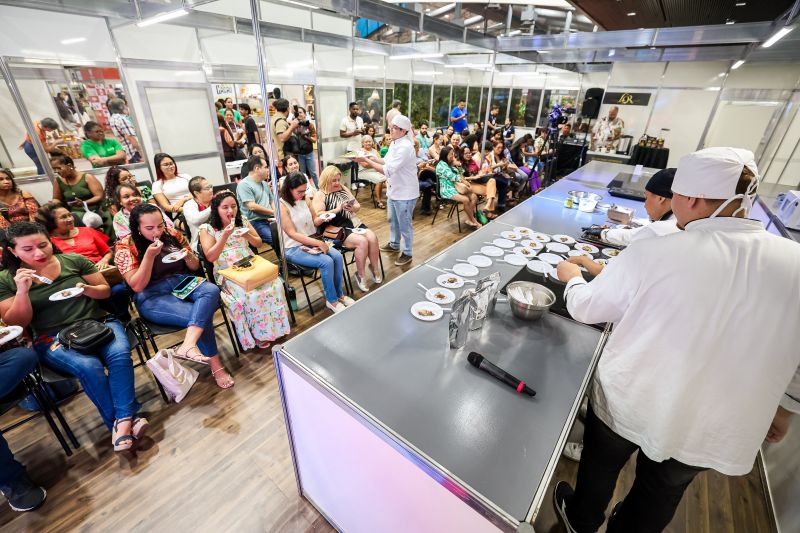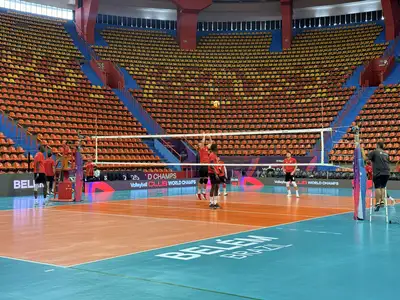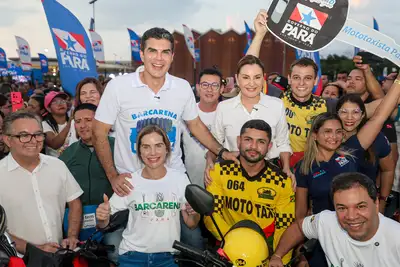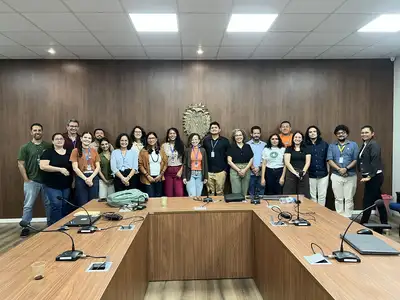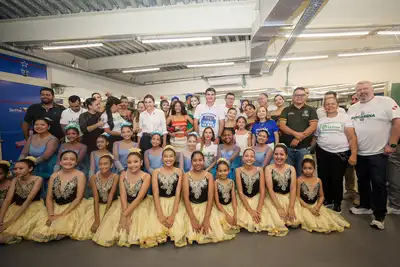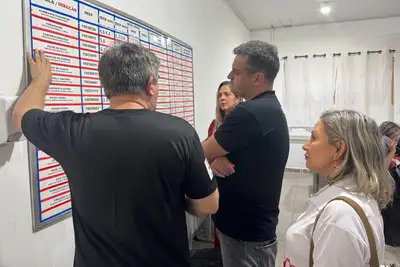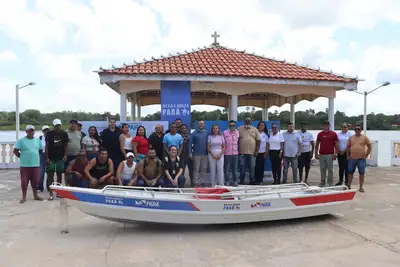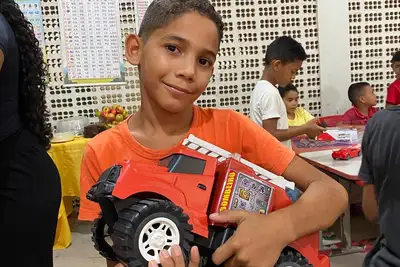Pará to Host Fair on Sustainable Cocoa and Amazonian Flowers
Scheduled for June, the event highlights sustainable production, innovation, and the appreciation of family farming through cocoa cultivation
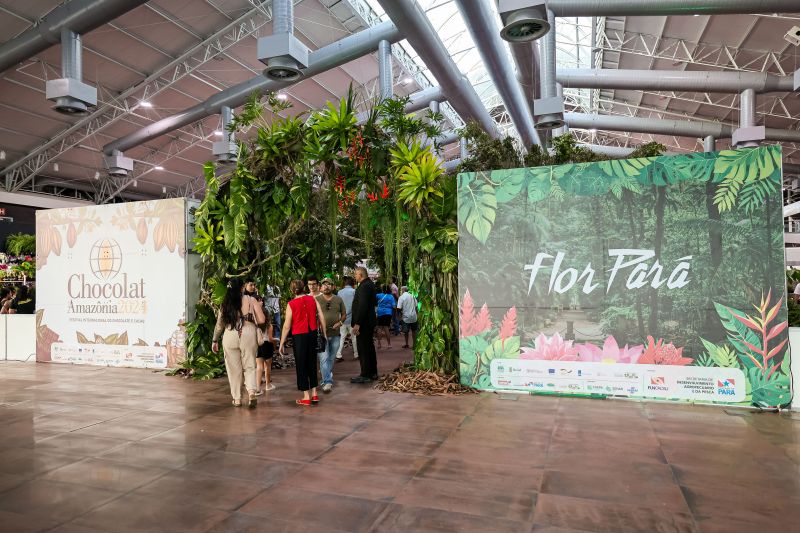
From June 5 to 8, Pará will host the Amazon Cocoa and Chocolate Fair and Flor Pará at Hangar - Amazon Convention Center in Belém. Organized by the State Government and the Faepa/Senar System, the event aims to highlight Pará as a protagonist of a new development model, combining economic prosperity with environmental preservation.
The expectation is to gather more than 50,000 people over the four days of the event. The attractions lie in the extensive program with exhibitors from local, national, and international brands, in addition to a technical program that will broaden the debate on sustainable production, innovation, and bioeconomy.
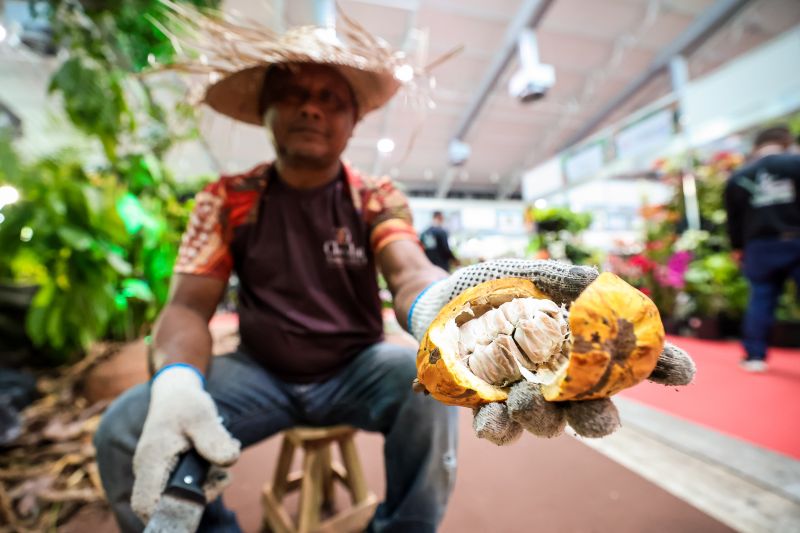
The event reflects Pará's efforts to become the largest cocoa producer in the country. One of the strategies includes the Technical Assistance and Rural Extension Company of the State of Pará (Emater), which helps in obtaining and maintaining this position through monitoring the crop and developing projects to enable rural financing.
"The Amazon Cocoa and Chocolate Fair and Flor Pará is a fundamental showcase to value the work of Pará producers and show Brazil and the world the strength of our family farming. Pará is currently the largest cocoa producer in Brazil by volume, followed by Bahia. Together, the two states account for about 95% of national production, according to data from Ceplac. In this scenario, Emater plays a strategic role by offering technical assistance, promoting sustainable production, and supporting the organization of farmers to access markets and add value to their products. Events like this reinforce Pará's leadership in bioeconomy and sustainable rural development," emphasizes Emater president Joniel Abreu.
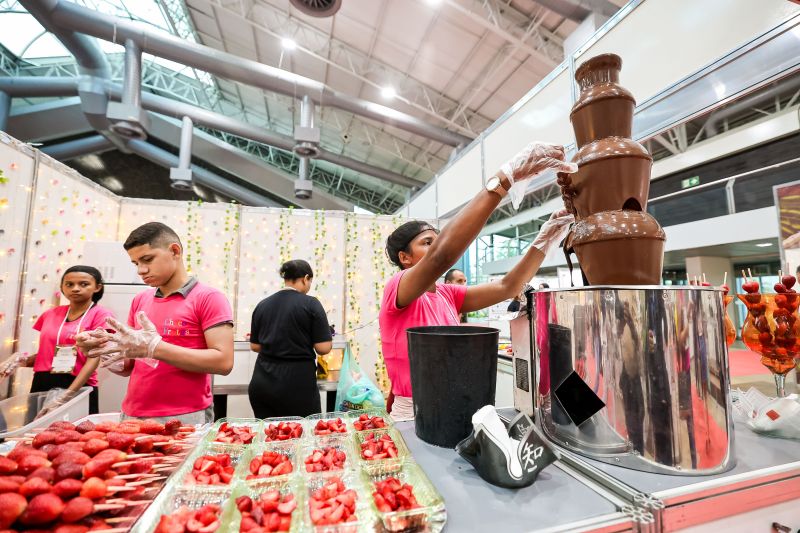
Currently, Pará has 32,000 active cocoa producers, distributed over 229,175 hectares of planted area, of which 169,655 hectares are already in full production.
According to data provided by the State Secretariat for Agricultural Development and Fisheries of Pará (Sedap), the municipality of Medicilândia, located in the Xingu Integration Region, also known as Transamazon, is the largest cocoa producer in the state. The municipality produces more than 44,000 tons of cocoa per year, which corresponds to 34.69% of the state's total production.
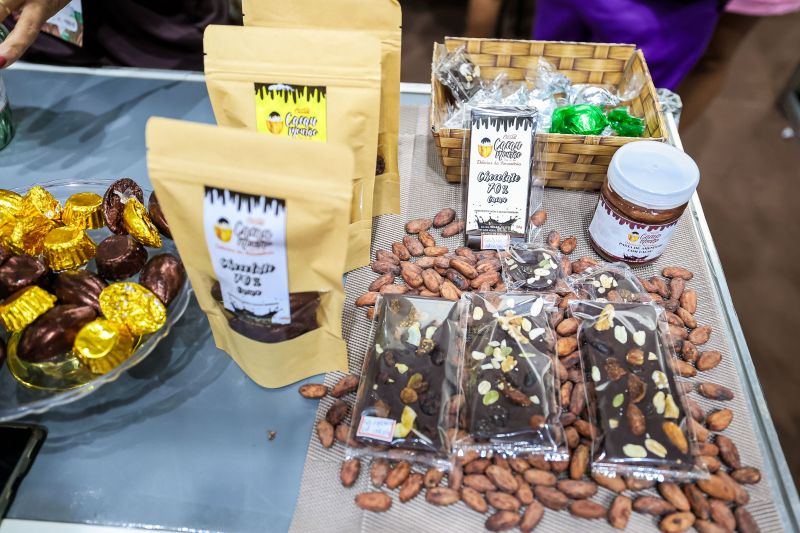
Sustainable – The fair focuses on sustainability by addressing cocoa production and its benefits for the State.
"Pará does not deforest an inch to plant cocoa. In fact, we have legislation that does not allow deforestation and designates cocoa as a crop for the recovery of altered areas. Those with environmental liabilities, if they plant cocoa in agroforestry systems, can recover their altered areas and still achieve good profits," explains the coordinator of the Cocoa Productive Chain Development Program (Procacau), agronomist Ivaldo Santana.
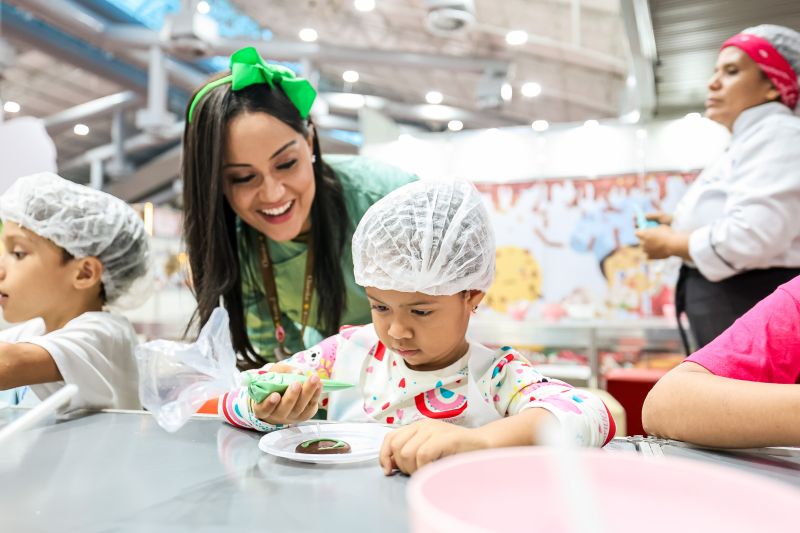
Economic Highlight – Cocoa production generated R$ 358 million in ICMS revenue, highlights Carlos Xavier, president of the Faepa/Senar System.
"The cocoa cultivation model in the Amazon of Pará represents a true socioeconomic transformation, diversifying the productive matrix of the state and ensuring a dignified permanence of families in the countryside through a sustainable and prosperous source of income. Cocoa cultivation has risen to the status of a state strategic program due to the extraordinary economic potential it offers to its producers," he adds.
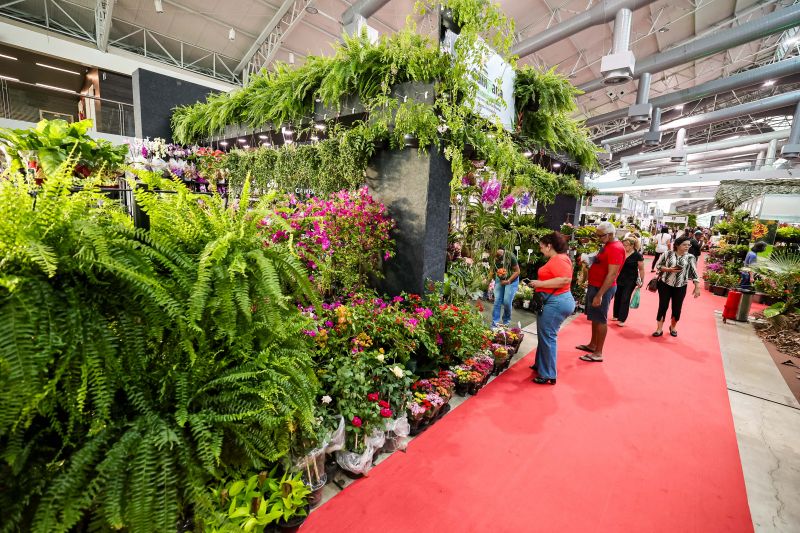
Flor Pará
The event's program will also highlight the productive chain of Amazonian flowers. Flor Pará values the growth of floriculture in the region, emphasizing the cultivation of native species such as anthuriums, heliconias, and orchids, developed by both large producers and family farmers. This activity represents a promising alternative for investment and income generation.


